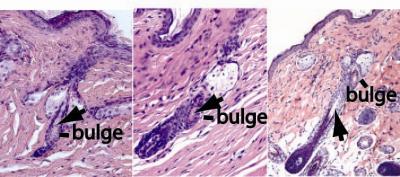Researchers in the United States have developed a medical model for regenerating bladders using stem cells harvested from a patient’s own bone marrow. The research, published in STEM CELLS, is especially relevant for paediatric patients suffering from abnormally developed bladders, but also represents another step towards new organ replacement therapies.
The research, led by Dr Arun Sharma and Earl Cheng from the Feinberg School of Medicine at Northwestern University and Children’s Memorial Research Center, focused on bone marrow mesenchymal stem cells (MSCs) taken from the patient. Previously studies into the regenerative capacity of cells in bladders have focused on animal models, but these have translated poorly in clinical settings. Continue reading “New study into bladder regeneration heralds organ replacement treatment”





